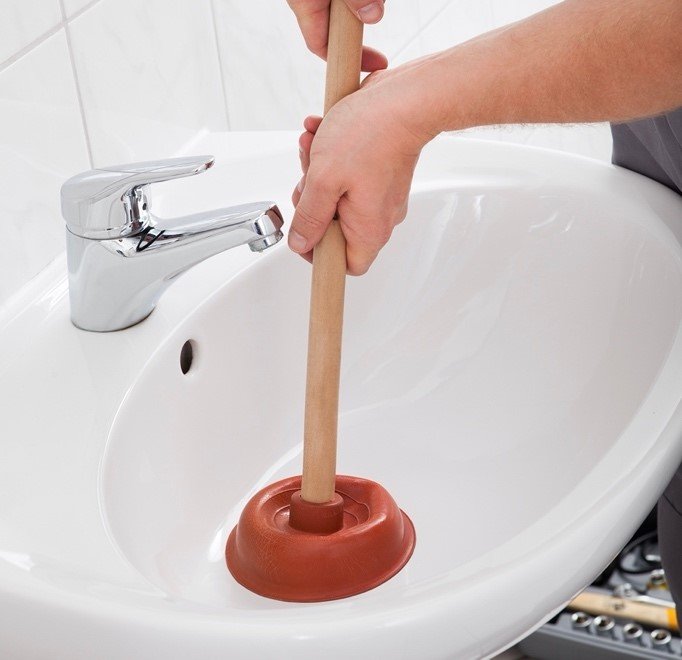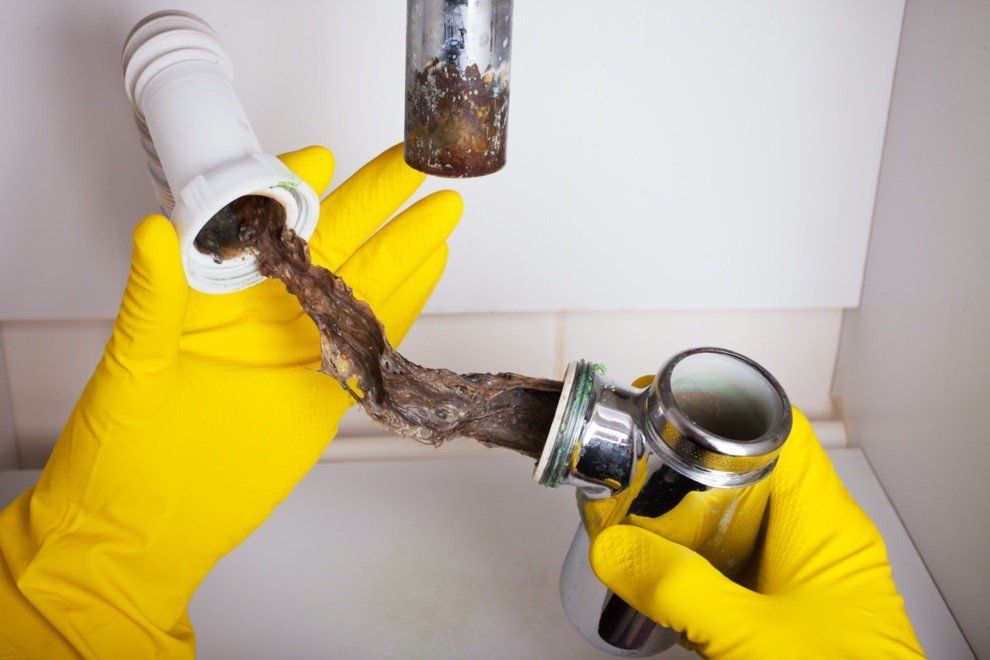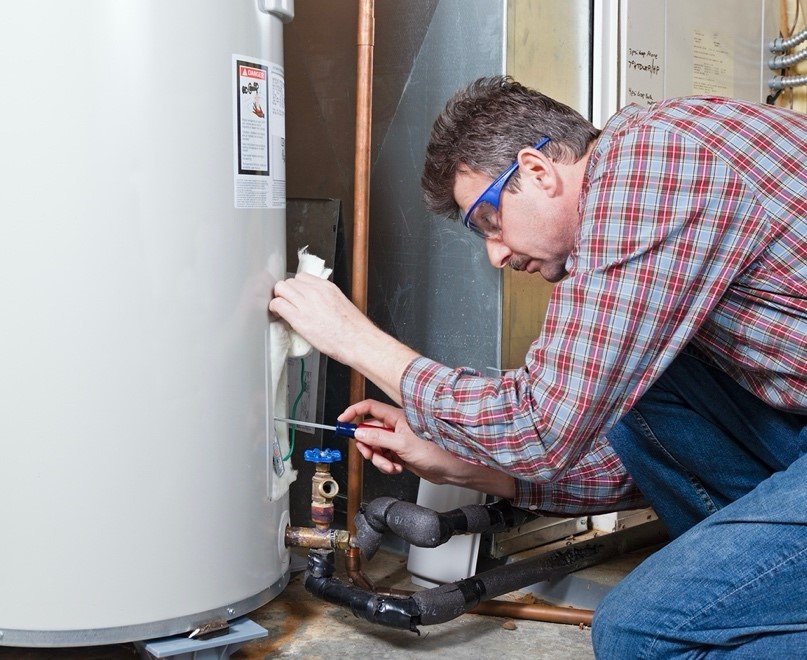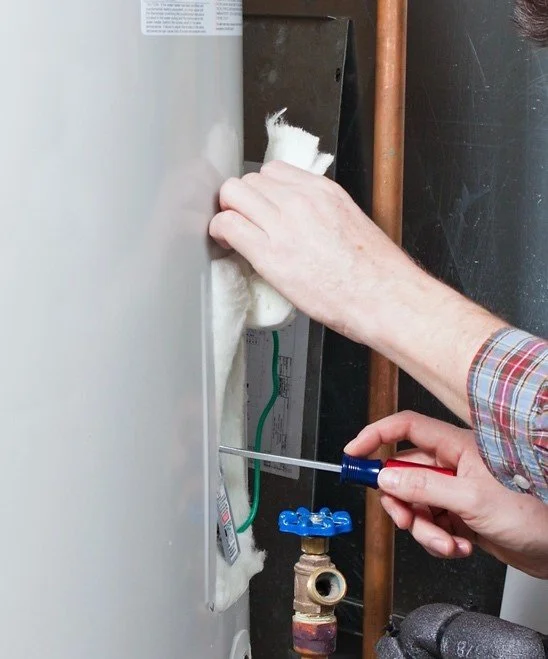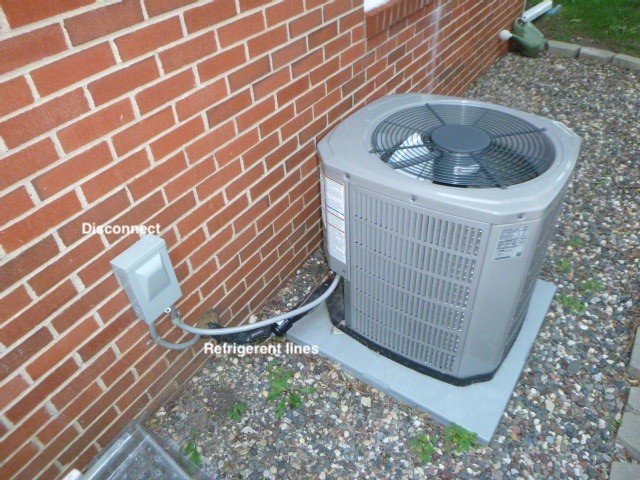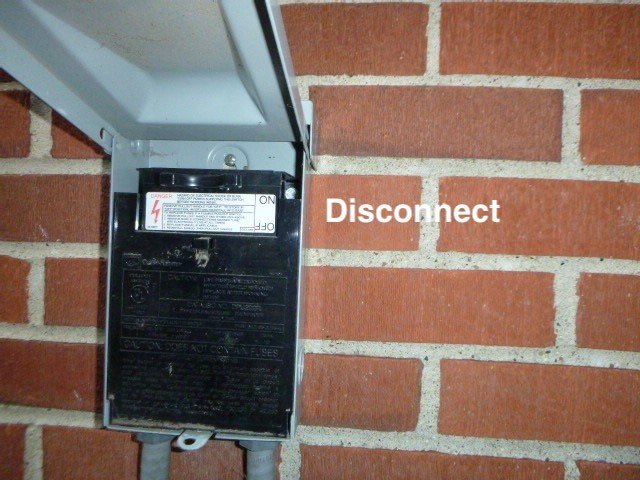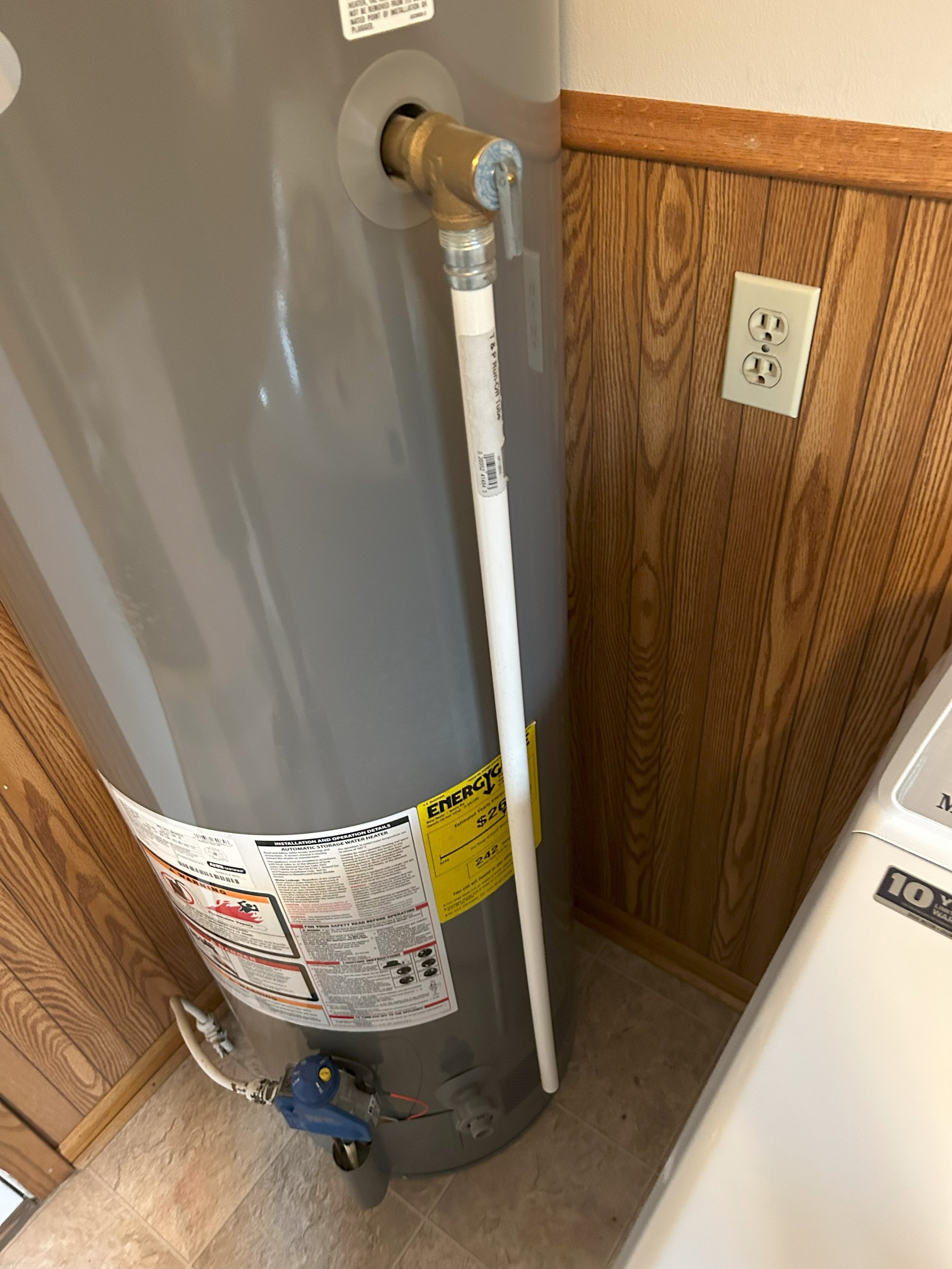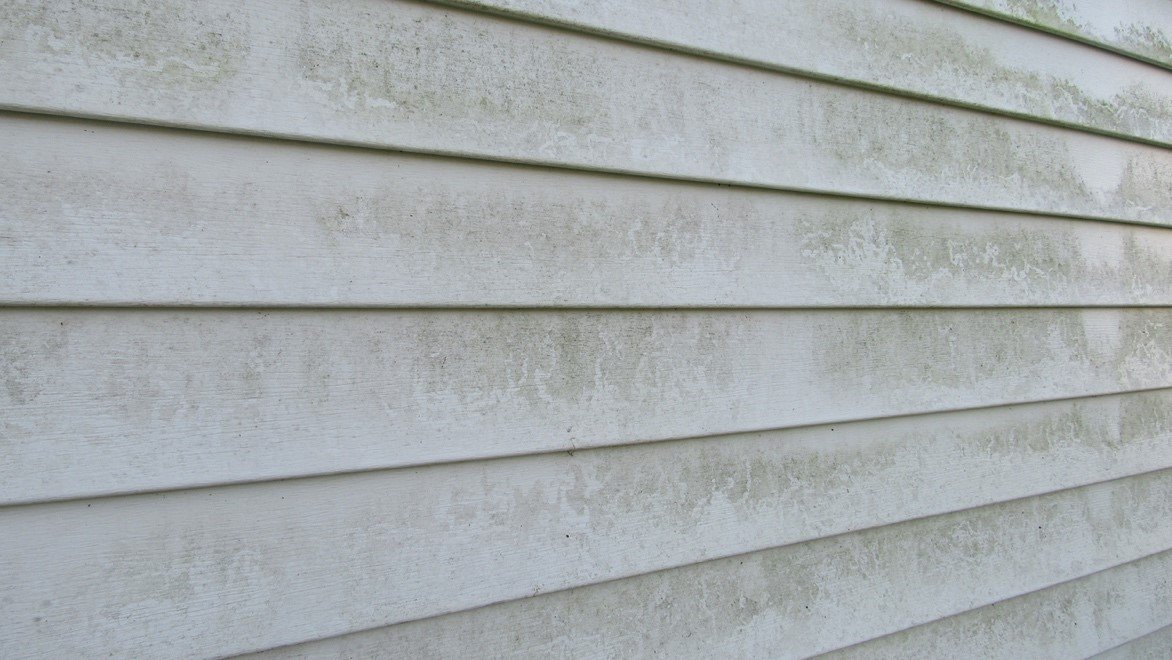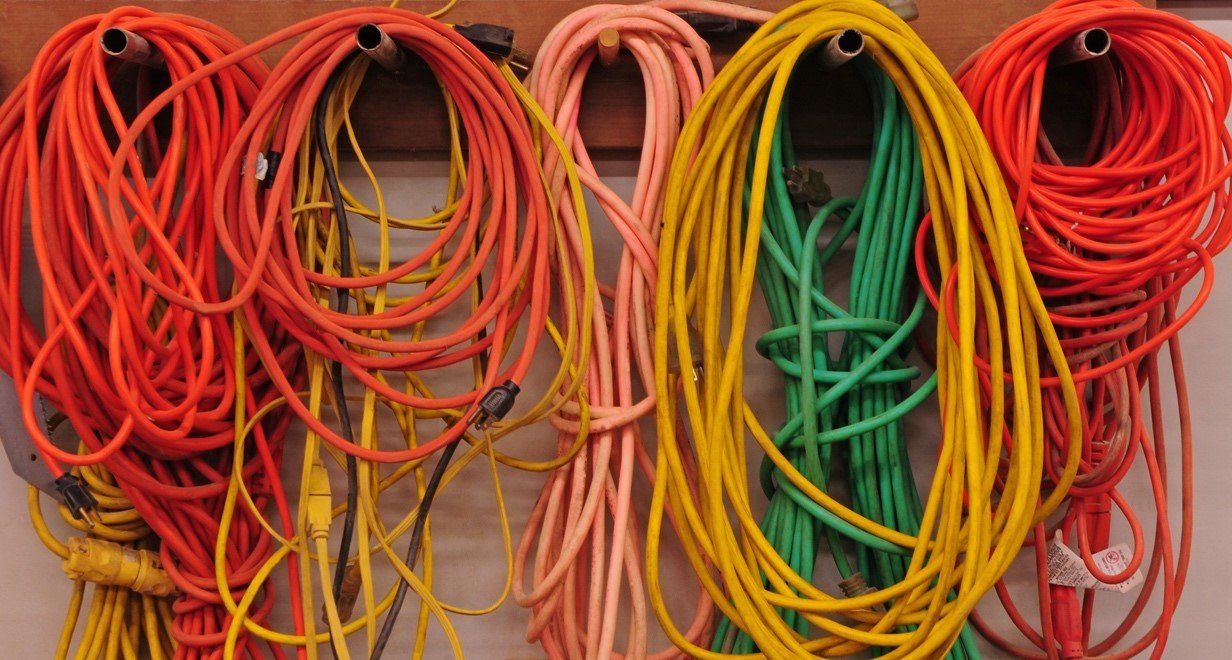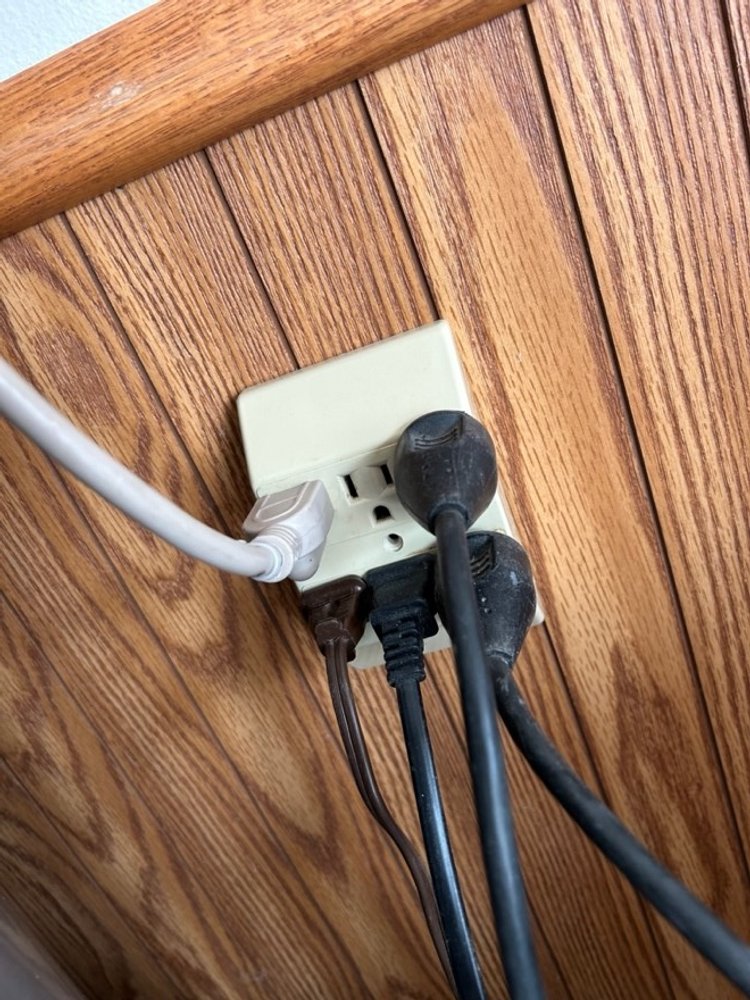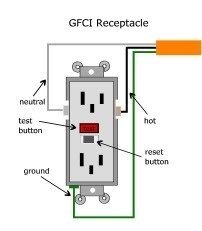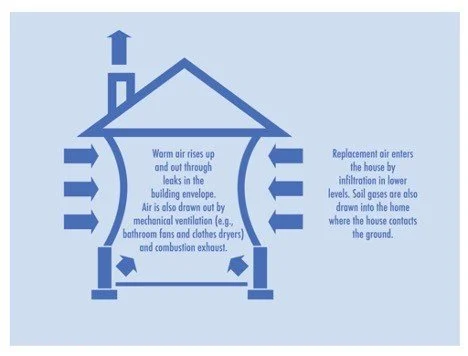Using a plunger to unclog a gurgling sink.
Maybe you are a new homeowner, or perhaps you have owned your home for a while. Either way, you’ve probably realized that home ownership comes with chores. The last thing on most people’s minds is maintenance. We get into the habit of reacting to problems rather than being proactive to prevent them.
One example can be your bathroom sink, bathtub drain, or toilet. One or more of these can have the drain plugged, which results in gurgling when draining. Before you figure out where to start with fixing the gurgling, you may have to do some inspection and troubleshooting.
What are some causes of sink gurgling?
There are several reasons your sink may be gurgling, but the fundamental idea here is to have “air behind water” when the water is trying to flow in the drain. If the drain is not allowed to freely pull air into the plumbing system through the vent pipe, it will try to draw it from somewhere else. Below are a few things you can inspect to try and resolve your issue.
· Clogged P-trap: All sinks have a P-trap directly under them. The P-trap keeps sewer gases from escaping from the plumbing system. Click here to learn more about sink traps.
· Clogged vent pipe: The vent pipe usually exits your home through the roof. Sometimes they can be clogged due to leaves and debris from trees or birds. Our home inspectors have even come across a vent pipe that still has the plumber’s cap installed from when the home was built.
· Clogged bathtub drain: A clogged bathtub drain can result in pressure buildup when draining. This can result in gurgling at your sink or toilet.
· Clogged garbage disposal: Similar to your bathtub, if the drain at the garbage disposal gets clogged, air is trapped and may result in gurgling.
· Clogged drains: Anywhere there is a clog in the plumbing system, there is potential for gurgling.
Can I fix the gurgling in my sink?
The answer is yes; there are several things you can do to help prevent and stop the gurgling in your sinks. Cleaning out any clogs in your plumbing system is the first step in the process. Work through the list below until you have resolved the gurgling problems.
· Start with a plunger. Using a small plunger may be the first tool on your list for unclogging a drain. Seat the plunger evenly in the sink. Push straight up and down several times to try and suck out or dislodge the clog.
· Try a drain cleaner. Drain cleaners can be harsh on both you and the environment. Try to choose something that is environmentally friendly but will still do the job. One of the simplest and somewhat effective solutions is vinegar, baking soda, and hot water.
· Use a drain snake. A drain snake can reach farther into the plumbing to dislodge a clog. If it’s a bigger pipe that’s clogged, you may want to rent something to meet your needs.
· Flush the system. If the solutions above don’t quite solve your problem, try flushing the system for 15 minutes with hot water. Sometimes filling the sink or tub in question with hot water and pulling the plug will help to remove the clog. The pressure and flow of draining a sink will give it a little extra boost.
· Clean the P-trap. Sometimes the P-trap is so clogged that the only way to resolve the issue is to remove it, clean it out, and replace it.
Cleaning a hair clog from the drain system under a sink
If all else fails, there may be a blockage at the main vent or at an air blockage valve. If you flush a toilet and a sink gurgles, that means you have a blocked main vent. The gurgling in the sink is a result of the system sucking air past the P-trap to allow for drainage. Access to the main vent stack is usually on the roof. Use your best judgment on whether you attempt to snake it out or hire a professional plumber.
Vent stack on a roof
Summary
A gurgling sink or tub drain can be annoying, but the good news is that most times it can be easily resolved. The suggestions above are fairly simple for the average DIY person to complete with little time or effort. If you are not comfortable performing some of these tasks or getting on your roof, I recommend hiring a professional.
At HomePro Inspections, our home inspectors are trained to inspect all areas of the home. Any issues found with gurgling sinks or tubs are documented in your home inspection report and recommended for resolution by a qualified professional.
Visit our website to learn more or to schedule your home inspection in the Rochester, Owatonna, and Faribault, MN areas. You can contact us today at (507) 202-8942 or use our online “Schedule Now” feature to schedule an appointment.

